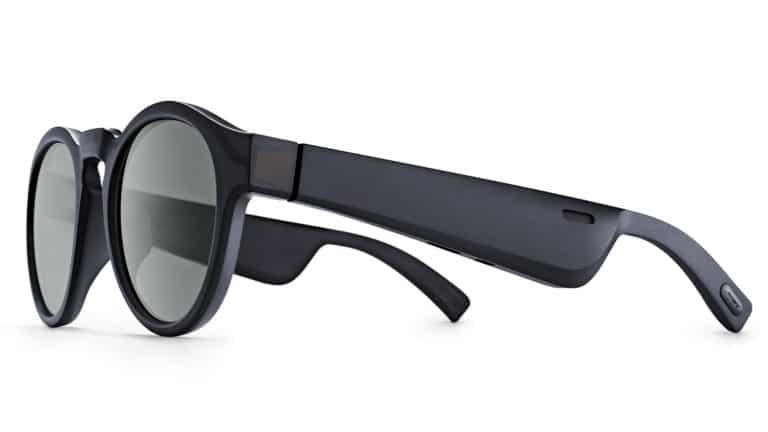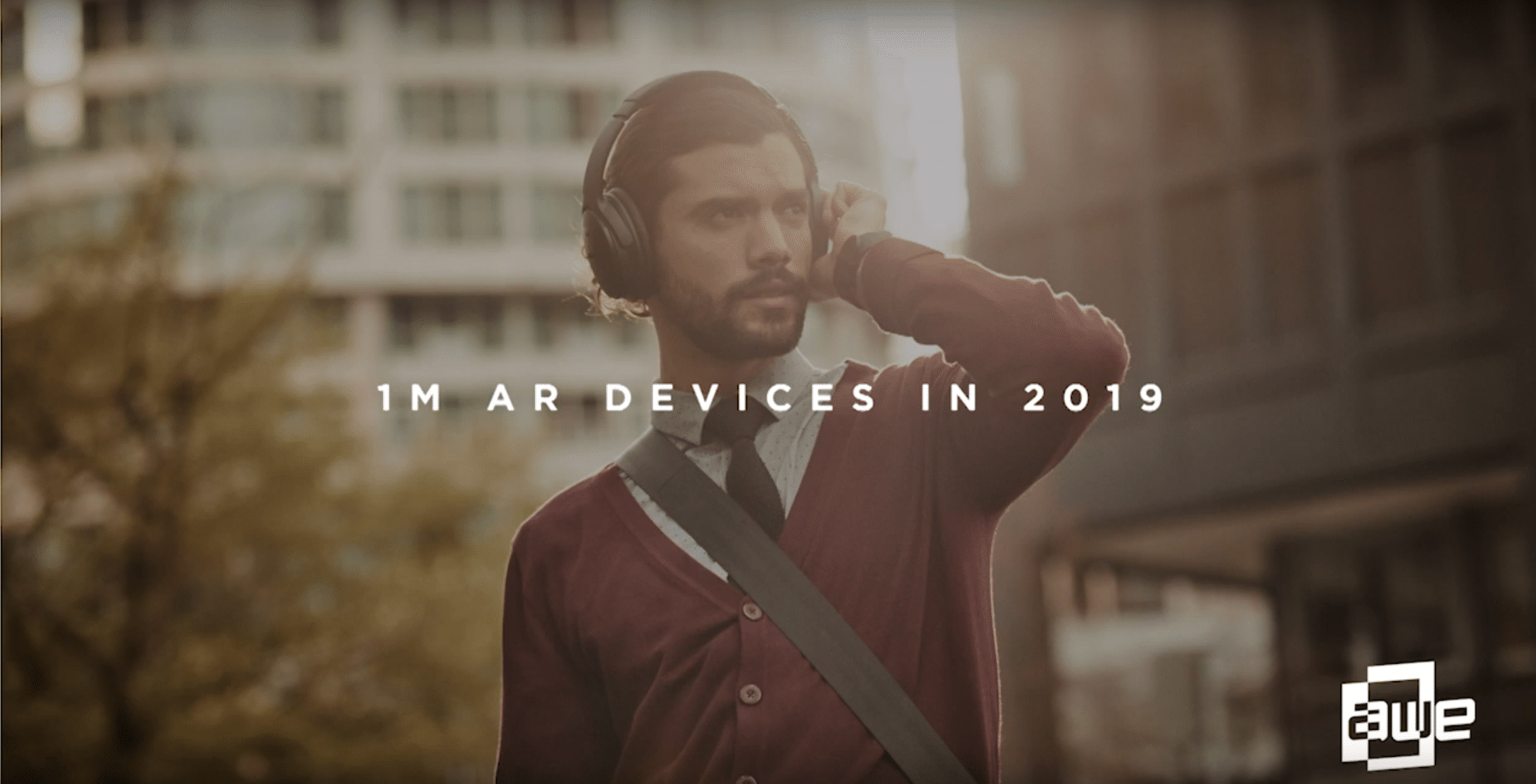
![]() “Wearables Wars” is AR Insider’s mini-series that examines how today’s wearables will pave the way and prime consumer markets for AR glasses. Each installment will profile a different tech leader’s moves and motivations in wearables. For more, subscribe to ARtillery PRO.
“Wearables Wars” is AR Insider’s mini-series that examines how today’s wearables will pave the way and prime consumer markets for AR glasses. Each installment will profile a different tech leader’s moves and motivations in wearables. For more, subscribe to ARtillery PRO.
Common wisdom states that mobile AR is the forbear to smart glasses. Before the latter achieves consumer-friendly specs and price points, AR’s delivery system is the device we all have in our pockets. There, it can seed user demand for AR and get developers to start thinking spatially.
That’s still the case, but a less-discussed product class could have a greater impact in priming consumer markets for AR glasses: wearables. As we’ve examined, AR glasses’ cultural barriers could be lessened to some degree by conditioning consumers to sensors on their bodies.
Tech giants show signs of recognizing this, and are developing various flavors of wearables. Like in our ongoing “follow the money” exercise, they’re each building wearables strategies that support or future-proof core businesses where tens of billions in annual revenues are at stake.
For example, Apple’s wearables are seeing strong revenue growth and offsetting smartphone revenue deceleration in the near term. Long term, we could see a holistic suite of wearables — including glasses — replace the current suite of iThings at the center of our computing lives.
Head Start
But what’s everyone else doing? After examining Amazon, Microsoft, and Google, it’s time to zero in on Bose. The question, like with others, is how are hearables aligned with its plan to future proof its core business? In Bose’s case, that’s a leading position in high-end audio hardware.
For a frame of reference, Apple’s path to audio AR could follow its early iPhone progression in launching a developer platform and app store. This could engender more scalable creation of audio AR experiences thereby making Airpods – and its wearables suite – more attractive.
But Bose is already there. The BoseAR platform provides a developer kit for audio AR experiences. Like iPhone apps use the iOS SDK to tap into sensors like GPS, BoseAR apps do the same with inertial measurement (IMU) sensors increasingly built into its audio devices.
This IMU bundle includes an accelerometer (to register pace), gyroscope (to register directional head turns) and magnetometer (to sense direction vis-a-vis magnetic north). Developers can build apps that tap into these sensors for audio AR inputs that are processed into app actions.
“So as a developer, you [can] say ‘when head nod does this, then X happens,’” said Bose’s Michael Ludden at AWE. “Right now it’s limited to head nod and shake but you can imagine voice integrations in the future… you can also access the raw data to do things like custom gestures.”

Hardware Blitz
Bose also knows that hardware penetration is the first step to audio AR, and it’s blitzing the market from a few angles. First are its Bose Frames — sunglasses with speakers and sensors. Next will be its Series 700 headphones that are purpose-built for BoseAR apps.
Third in the BoseAR hardware blitz is a sneak attack. Bose shipped the last several production runs of its popular QC-35 headphones with the sensor bundle. Last March, it activated BoseAR on all of them via firmware update. Altogether, it has almost one million AR devices in market.
That last part is key, as the hardware base fuels incentive for developers to build experiences on BoseAR. As we’ve examined, platform wars are often won through early hardware penetration that attracts developers. Resulting apps then attract more users… and the flywheel spins.
“Those are the first three products that we are shipping with BoseAR but every wearable that we make going forward will have BoseAR,” said Ludden in the same talk. “So if you’re a developer, you know that’s part of our commitment to making it hopefully an attractive target platform.”

All About Content
So what have developers built so far? Apps built on the BoseAR platform span lots of use cases with clever spins on audio AR. These are leading indicators of core use cases as logical and unexpected categories take form — everything from gaming to navigation.
These include Radar — an app that features volumetric soundscapes such as a beach where the ocean is in front of you and seagulls are above you. Comrade is a spy-novel/ espionage game where you follow audio instructions, tracked through the sensor bundle.
There are also utilities like Otocast — a travel app that lets you discover and experience audio tours serendipitously. Naviguide pulls data from Yelp which you can access by looking at a given restaurant and tapping the glasses to activate spoken ratings & reviews.


Then there’s Golfshot which provides strategic information to approach the green on a given Golf course. New Balance’s app senses exercise (think: lunges) while counting reps and providing verbal encouragement. Headspace does similar, building on an already-popular meditation app.
These early apps (and others we’ve profiled) are just a glimpse of what we’ll end up with. Think of it like primitive iPhone apps circa 2008, before we got Waze, Foursquare and Uber. But here, the developer community could have an even greater creative range due to variable hardware.
“You’re going to see more and more use cases enabled by different form factors that have BoseAR,” said Ludden. “Now it’s really all about content… having apps that are useful, that people want to use on a daily or habitual basis. That’s the new promise we’re making.”
We’ll be back with more breakdowns of players developing wearables strategies. Next up: Apple.
For deeper XR data and intelligence, join ARtillery PRO and subscribe to the free AR Insider Weekly newsletter.
Disclosure: AR Insider has no financial stake in the companies mentioned in this post, nor received payment for its production. Disclosure and ethics policy can be seen here.
Header image credit: Bose
